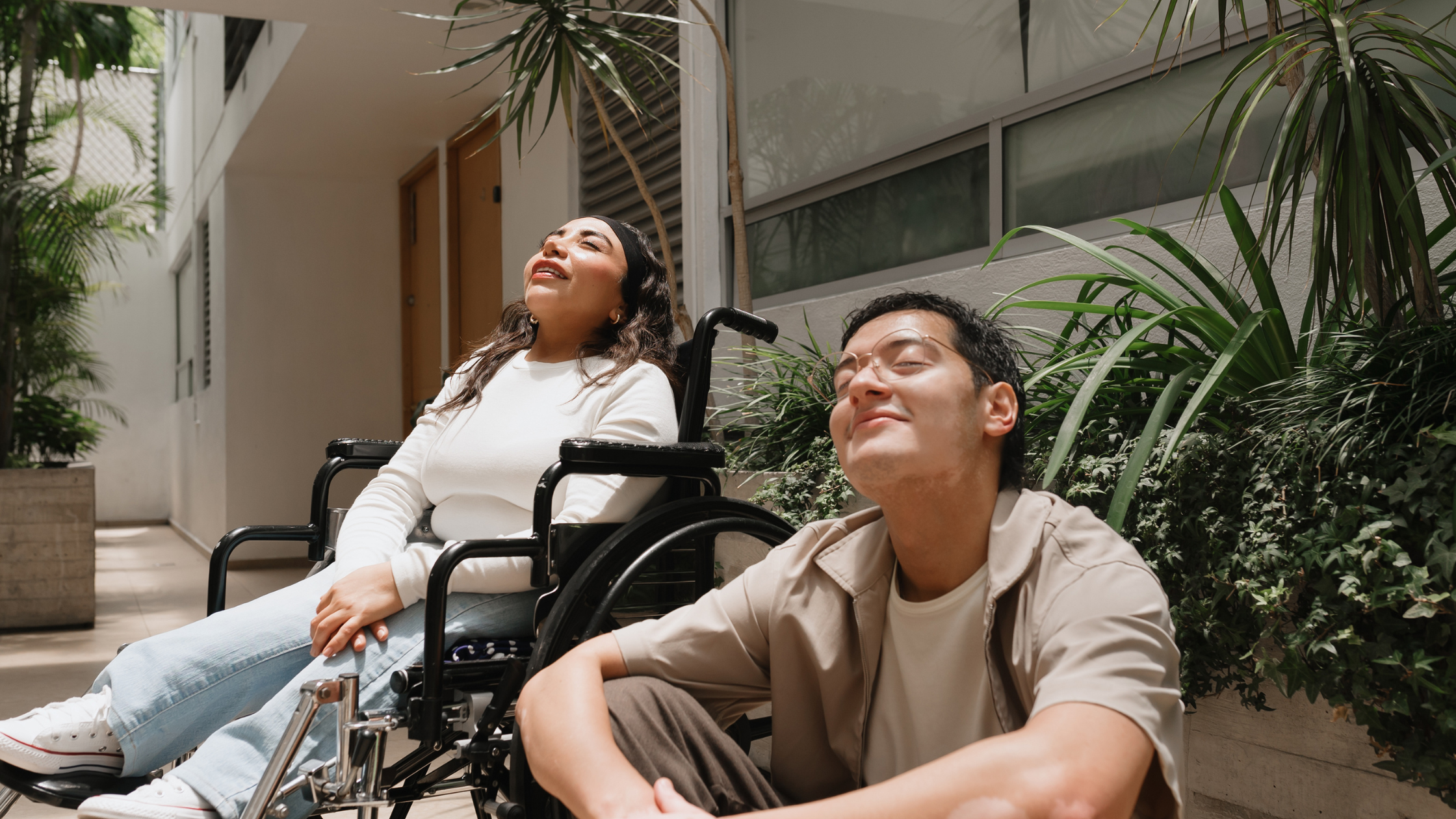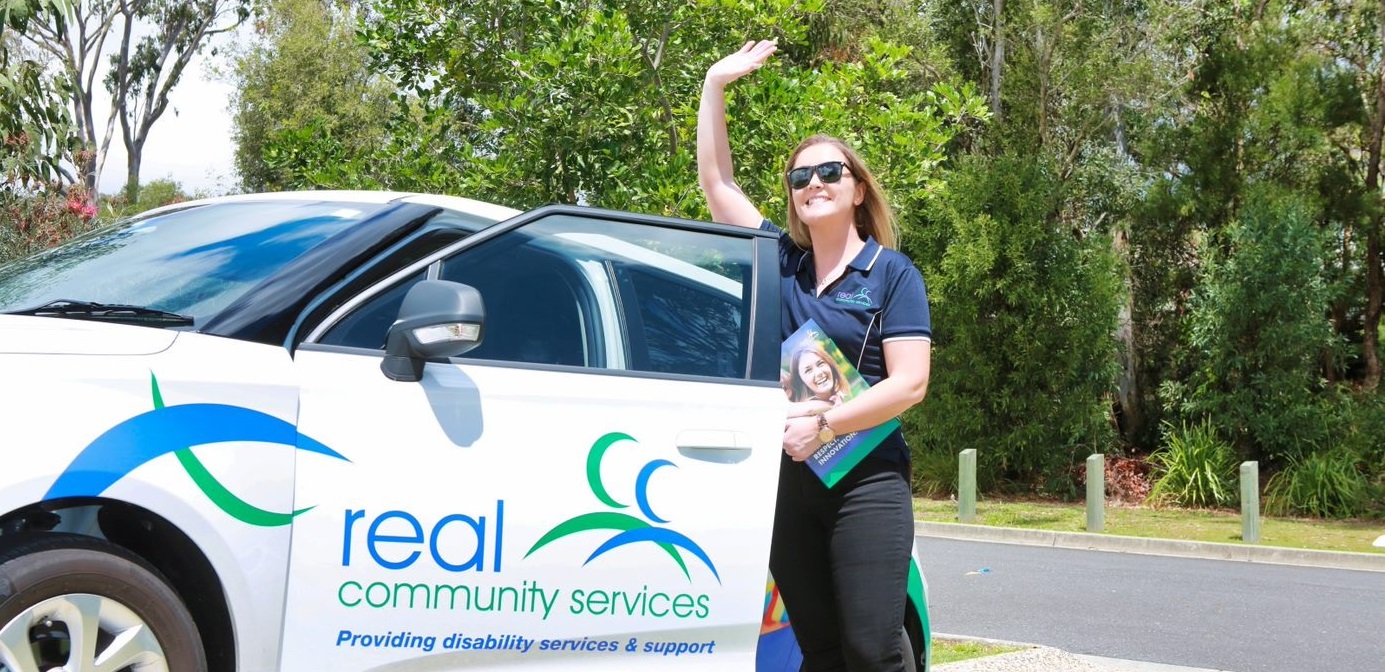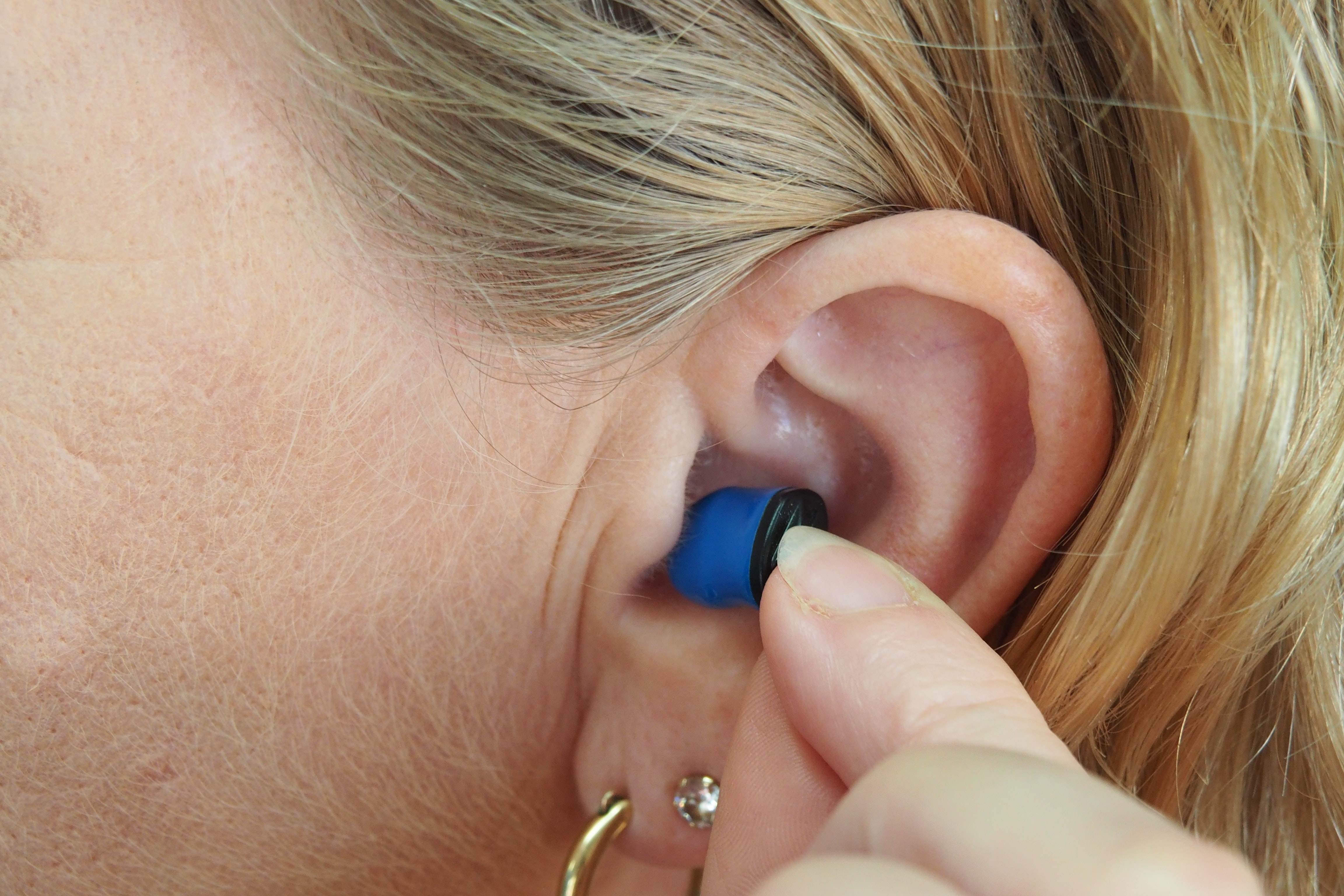Why animals are so important when working with people with disabilities
If you have a pet at home, then you’ll already know how much joy and comfort a furry friend can offer, and how easy it is for pets to become a much-loved member of the family. And while most people know that cats and dogs are great for relieving stress and can help you live longer, not many people know of the many other benefits that animals, both big and small, can provide to those living with visible and invisible disabilities.
From support dogs and the household pet to aquariums and horse riding, here are the top benefits animals can have on those living with visible and invisible disabilities.
-
Boosting Mental Health
There have been many studies that have shown the positive and calming effects animals, and specifically, dogs can have on those who struggle with stress, anxiety and depression.
For those suffering from depression, a pet can help give an owner a sense of purpose and reason to get out of bed in the morning, while also providing a positive distraction from other issues. Dogs are also great for encouraging daily walks and exercise and can give someone a sense of purpose, knowing that their pet relies on them.
Studies have also shown that cuddling a pet can help lower heart rate, which can be especially helpful for those affected by anxiety or panic attacks. Pets can also assist with social anxiety by giving owners an easy ice breaker, an improved sense of confidence, and a reason to socialise like going to the dog park.
-
Responding to Medical Episodes
When many people think of Service Dogs, they automatically think of dogs trained to support those with vision impairments. But these days service dogs can be trained to support people living with a range of medical conditions including diabetes and epilepsy.
Dogs are known for their incredible sense of smell, which makes them the perfect animals for identifying specific scents that are linked with medical conditions. For example, a dog trained to support someone living with diabetes will be able to pick up the fruity smell of ketones, which are produced when a person’s blood sugar is too high (hyperglycemic), or the unique scent a person gives off when their blood sugar is too (hypoglycemic).
When a Service Dogs recognises one of these smells they can be trained to react in a number of ways including:
- holding a particular toy in their mouth as a signal
- jumping on the owner
- sitting and staring at the owner
- touching the owner with the its’ nose
- alerting other family members if an owner needs assistance
- bringing needed objects, such as medications.
Likewise, for those living with epilepsy support dogs can be trained to identify seizures and provide support by:
- lying next to the owner to prevent an injury
- placing their body between the owner and the floor to break a fall at the beginning of the of a seizure
- staying with the owner during a seizure to provide support and comfort
- activating a device to call for help
-
Improving physical health
When you think of the physical benefits animals can have on owners, the first thing to come to mind will probably be taking the dog for a walk. But if you think a little bigger, you’ll find a much more exciting activity called saddle therapy.
Just as it sounds, Saddle Therapy is all about harnessing the benefits of horseriding and getting those with disabilities saddled up. It’s an increasingly popular type of physical therapy with the Riding for the Disabled Association of Australia has over 18 centres in Queensland alone with six coaches and over 550 disabled horse riders. The association explains that “horse riding is a natural reflex inhibiting position which helps improve balance and posture providing a unique form of exercise and rehabilitation”. This can mean improved balance, strengthened muscles, improved coordination and reflexes, increased range of motion for the joints and stretching for tight or spastic muscles.
But if horse riding and saddle therapy is a little too big, then don’t worry because simply holding and grooming small pets like cats, guinea pigs, rabbits, or mice is also a great way to help build strength and dexterity in the arms and improve hand-eye coordination.
-
Supporting sensory processing
Ever wondered why doctors and dentist often have a fish tank or mini aquarium in their waiting rooms? It’s because watching fish swim around their tank has been proven to help lower the viewer’s blood pressure and heart rate creating an increased sense of calm. This makes them especially beneficial for those living with sensory processing disorders, developmental disabilities, Autism and ADHD, and those who lack concentration skills and are easily overstimulated.
Aquariums and fish tanks are also beneficial due to their broad range of sensory markers, including bright colours, bubbles, swaying aquatic plants, lighting, and the darting around or gentle swimming of the fish. And lastly, the soft bubbling of a fish tank can act as white noise to soothe over-stimulation and assist in falling asleep.

















